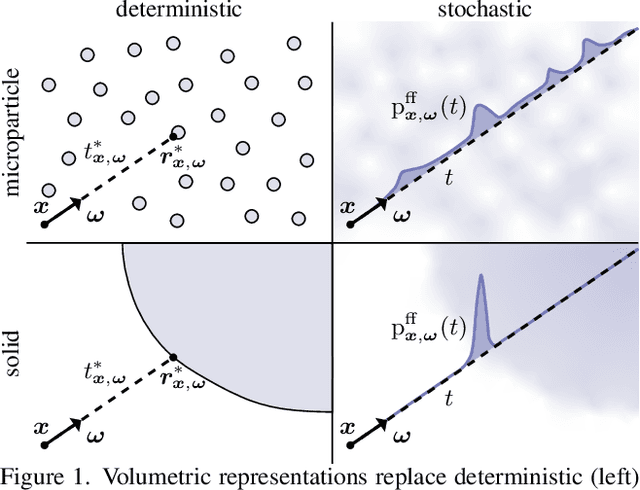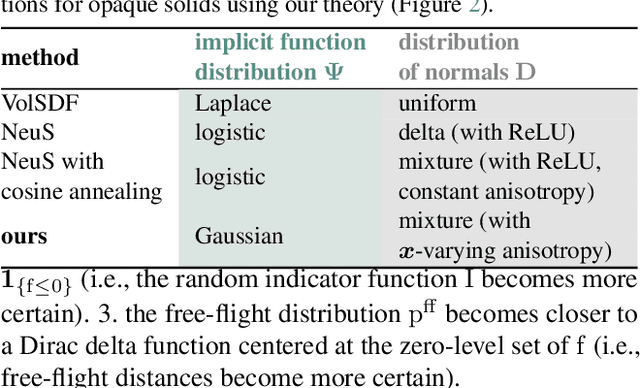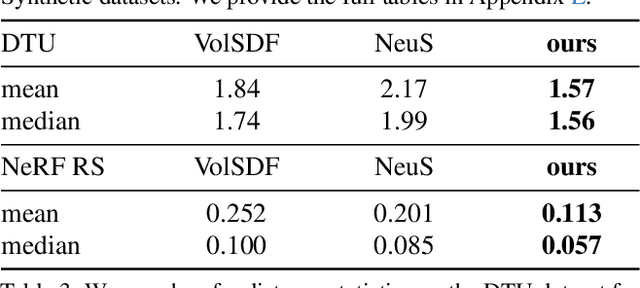Alice Lai
Preventing Eviction-Caused Homelessness through ML-Informed Distribution of Rental Assistance
Mar 19, 2024



Abstract:Rental assistance programs provide individuals with financial assistance to prevent housing instabilities caused by evictions and avert homelessness. Since these programs operate under resource constraints, they must decide who to prioritize. Typically, funding is distributed by a reactive or first-come-first serve allocation process that does not systematically consider risk of future homelessness. We partnered with Allegheny County, PA to explore a proactive allocation approach that prioritizes individuals facing eviction based on their risk of future homelessness. Our ML system that uses state and county administrative data to accurately identify individuals in need of support outperforms simpler prioritization approaches by at least 20% while being fair and equitable across race and gender. Furthermore, our approach would identify 28% of individuals who are overlooked by the current process and end up homeless. Beyond improvements to the rental assistance program in Allegheny County, this study can inform the development of evidence-based decision support tools in similar contexts, including lessons about data needs, model design, evaluation, and field validation.
A theory of volumetric representations for opaque solids
Dec 24, 2023



Abstract:We develop a theory for the representation of opaque solids as volumetric models. Starting from a stochastic representation of opaque solids as random indicator functions, we prove the conditions under which such solids can be modeled using exponential volumetric transport. We also derive expressions for the volumetric attenuation coefficient as a functional of the probability distributions of the underlying indicator functions. We generalize our theory to account for isotropic and anisotropic scattering at different parts of the solid, and for representations of opaque solids as implicit surfaces. We derive our volumetric representation from first principles, which ensures that it satisfies physical constraints such as reciprocity and reversibility. We use our theory to explain, compare, and correct previous volumetric representations, as well as propose meaningful extensions that lead to improved performance in 3D reconstruction tasks.
Discourse Coherence in the Wild: A Dataset, Evaluation and Methods
May 14, 2018



Abstract:To date there has been very little work on assessing discourse coherence methods on real-world data. To address this, we present a new corpus of real-world texts (GCDC) as well as the first large-scale evaluation of leading discourse coherence algorithms. We show that neural models, including two that we introduce here (SentAvg and ParSeq), tend to perform best. We analyze these performance differences and discuss patterns we observed in low coherence texts in four domains.
Natural Language Inference from Multiple Premises
Oct 09, 2017



Abstract:We define a novel textual entailment task that requires inference over multiple premise sentences. We present a new dataset for this task that minimizes trivial lexical inferences, emphasizes knowledge of everyday events, and presents a more challenging setting for textual entailment. We evaluate several strong neural baselines and analyze how the multiple premise task differs from standard textual entailment.
 Add to Chrome
Add to Chrome Add to Firefox
Add to Firefox Add to Edge
Add to Edge